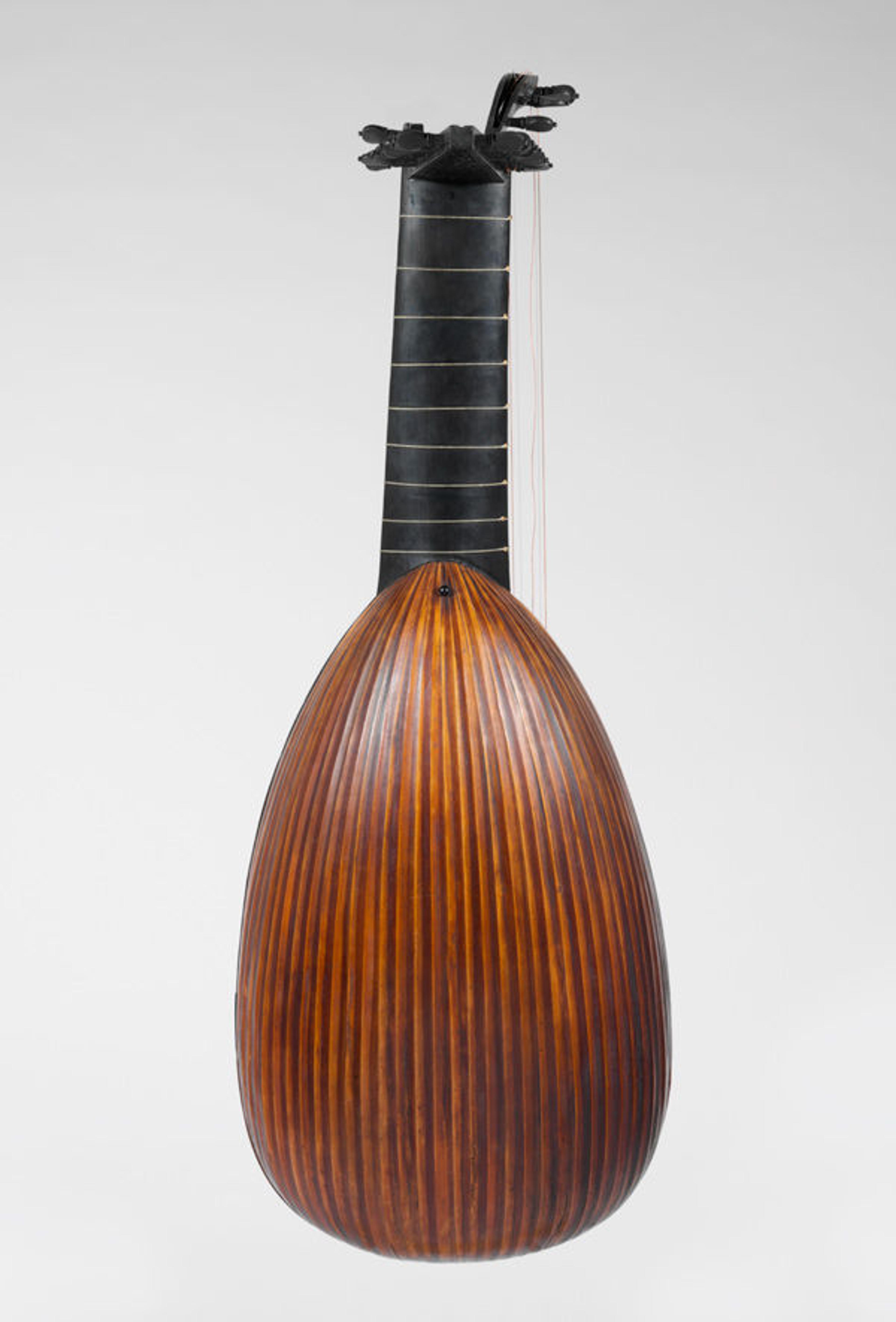Listening to a Four-Hundred-Year-Old Instrument
Christopher Morrongiello performs "Toccata" from Il primo libro d'intavolatura di liuto (Munich, 1620) by Michelangolo Galilei (1575–1631). Filmed in the Chapel from Le Château de la Bastie d'Urfé at The Metropolitan Museum of Art. View this performance on MetMedia.
«It is always exciting to hear a great instrument from a historic collection used in performance, and it is especially thrilling to hear one made more than four hundred years ago. Recently, the Museum asked the lute player Christopher Morrongiello to perform on a lute in the collection attributed to a member of the Tieffenbrucker family. One of the most important dynasties of Renaissance stringed-instrument makers, the family originated in the town of Tieffenbruck, located in the Füssen region of Bavaria.»
The lute makers of this region became so numerous that, in 1562, a guild was established to organize and regulate the industry. One of the restrictions set in place by the guild was to set the maximum number of workshops at twenty, which ultimately caused many highly skilled lute makers to move to other parts of Europe in order to set up their own shops. One branch of the Tieffenbrucker family moved to Lyons, France, where they specialized in the construction of bowed instruments, and other members of the family established themselves in Venice and Padua, Italy.

Attributed to Wendelin Tieffenbrucker (German, active 1570–1610). Lute, late 16th century. Padua, Italy. Yew, spruce, ebony, maple. The Metropolitan Museum of Art, New York, Purchase, Gift of Mr. and Mrs. Robert P. Freedman, by exchange, 1989 (1989.13)
This lute was built as a bass instrument that was originally composed of eight or ten double courses (pairs of strings meant to be played together), but later modified in the eighteenth century to have thirteen courses. The back of the instrument is made of thirty-seven bicolor yew ribs, a distinctive characteristic of the Tieffenbrucker makers.

Left: The original soundboard of the Tieffenbrucker lute
As indicated by its modification in the eighteenth century, the instrument remained in heavy use for an extended period of time, the hallmark of a favored performance instrument. The lute's original soundboard was replaced before being acquired by the Museum in 1989, thus extending the instrument's longevity and allowing for its use in performances today. The original soundboard still survives (left) and shows evidence of the many repairs that kept the instrument in use for such an extended period of time.
Related Links
MetMedia: Lachrimae by John Dowland, performed by Christopher Morrongiello on the Museum's Tieffenbrucker lute
Of Note: "Listening to Paintings" (January 20, 2015)
Jayson Dobney
Jayson Dobney is the Frederick P. Rose Curator in Charge in the Department of Musical Instruments.